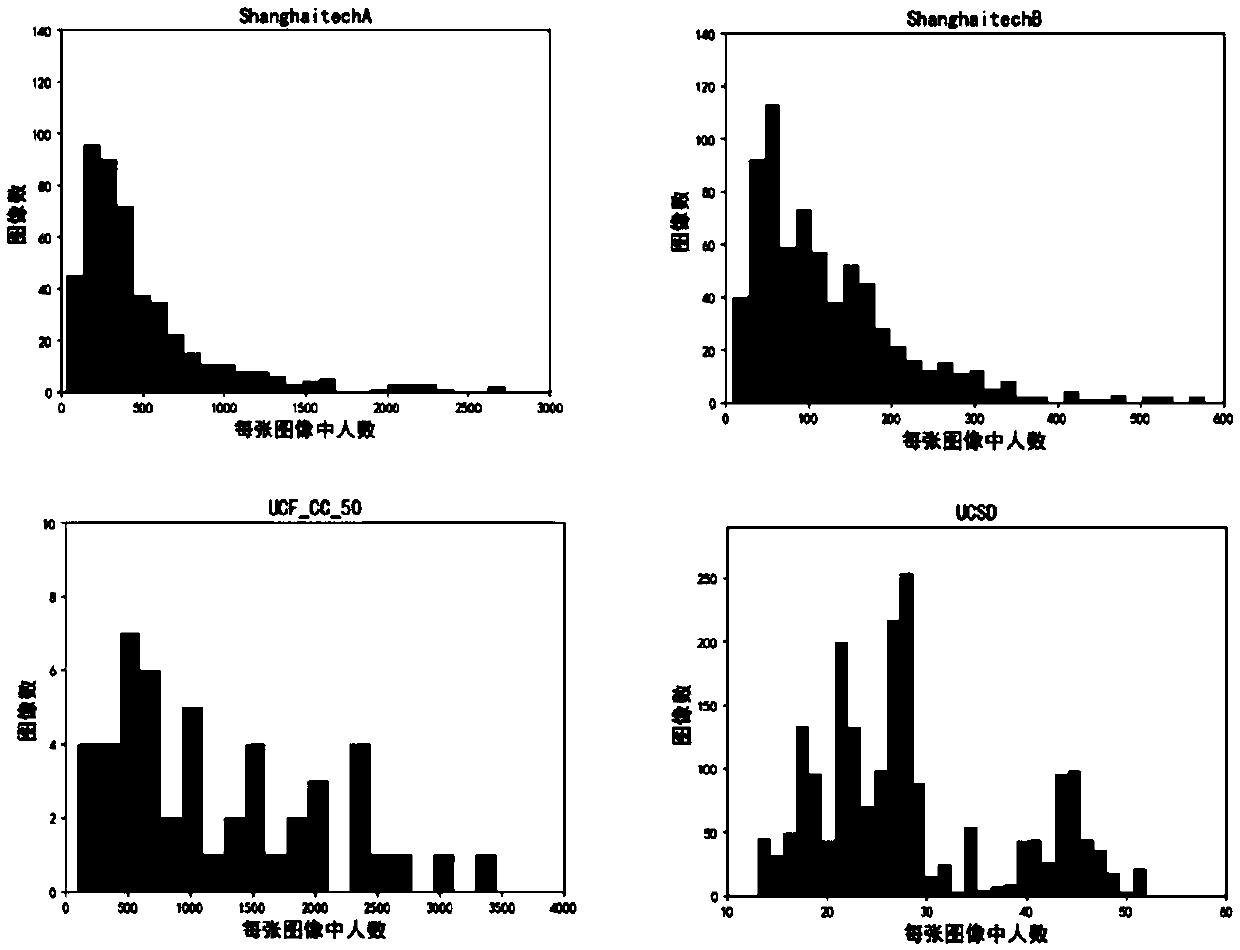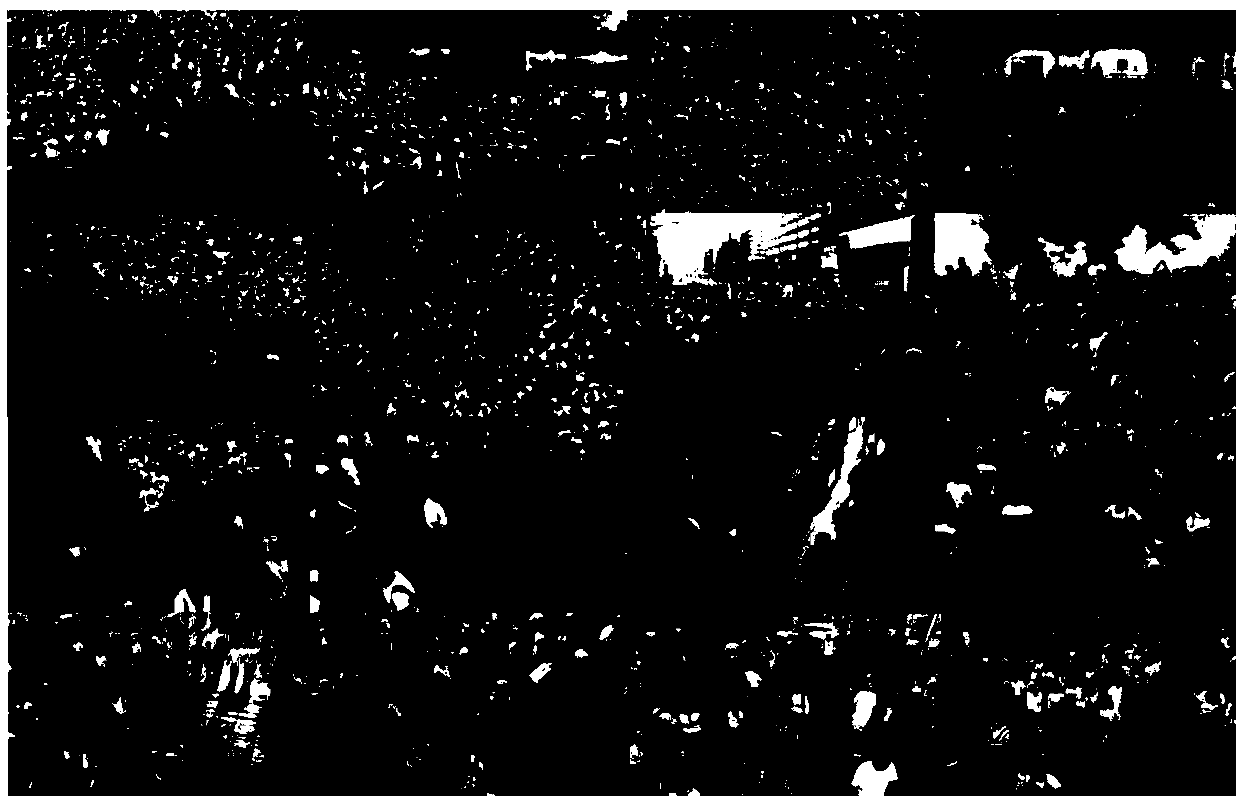Generalized density crowd counting method based on multi-scale depth learning
A technology of deep learning and crowd counting, applied in the field of computer vision and intelligent transportation, can solve problems such as poor effect
- Summary
- Abstract
- Description
- Claims
- Application Information
AI Technical Summary
Problems solved by technology
Method used
Image
Examples
experiment example 1
[0071] Experimental example 1: The performance of the algorithm on ShanghaiTech data
[0072] Table 1: Performance comparison of the algorithm in the ShanghaiTech dataset and other methods
[0073]
experiment example 2
[0074] Experimental Example 2: The performance of the algorithm on the UCF_CC_50 dataset
[0075] Table 2: Performance comparison of the algorithm in the UCF_CC_50 dataset and other methods
[0076]
[0077]
experiment example 3
[0078] Experimental example 3: The performance of the algorithm on the UCSD dataset
[0079] Table 3: Performance comparison of the algorithm on the UCSD dataset and other methods
[0080] Method
[0081] .
PUM
 Login to View More
Login to View More Abstract
Description
Claims
Application Information
 Login to View More
Login to View More - R&D
- Intellectual Property
- Life Sciences
- Materials
- Tech Scout
- Unparalleled Data Quality
- Higher Quality Content
- 60% Fewer Hallucinations
Browse by: Latest US Patents, China's latest patents, Technical Efficacy Thesaurus, Application Domain, Technology Topic, Popular Technical Reports.
© 2025 PatSnap. All rights reserved.Legal|Privacy policy|Modern Slavery Act Transparency Statement|Sitemap|About US| Contact US: help@patsnap.com



